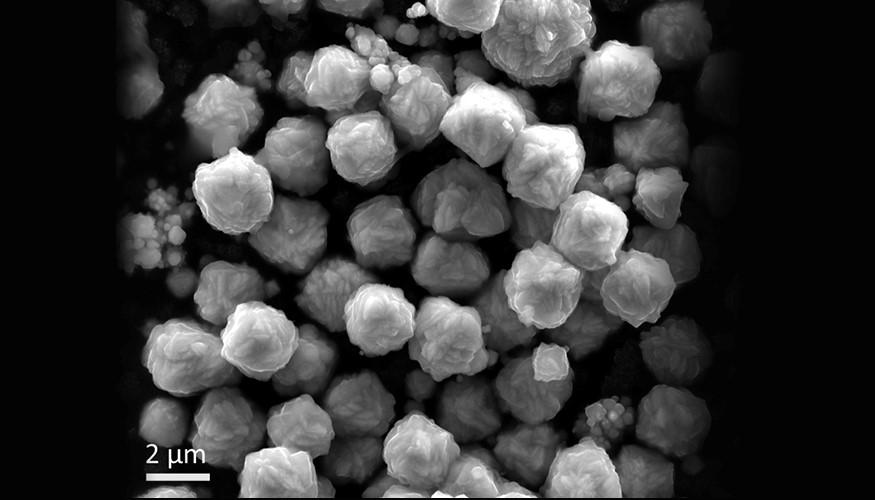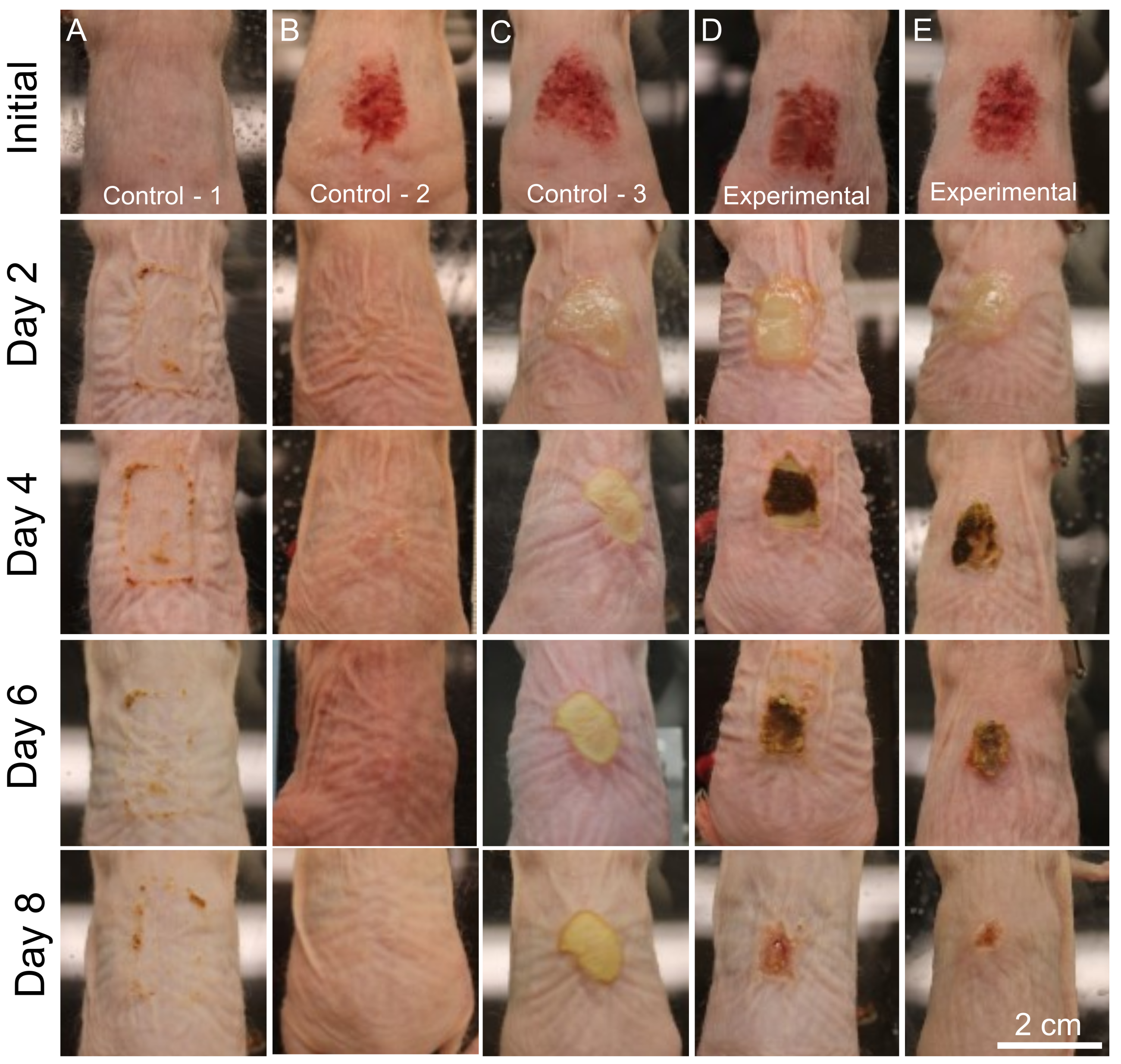The development of antibiotics heralded a revolution in the treatment of bacterial infection. However, the indiscriminate use of antibiotics has led to the emergence of antibiotic resistance. The U.S. currently spends $20 billion a year treating over 2 million antibiotic resistant infections that can withstand even the most potent antibiotics. The pathogens: Enterococcus faecium, Staphylococcus. aureus, Klebsiella pneumoniae, Acinetobacter baumannii, Pseudomonas aeruginosa and Enterobacter (ESKAPE) represent the most common group of human pathogens that ‘escape’ the effects of antibiotics in clinical settings.
A resurgence of inquiry into alternative antibacterial mechanisms has emerged as human pathogens have evolved antibiotic resistance. Certain naturally occurring clays have been shown to harbor antimicrobial properties and kill antibiotic resistant bacteria. These clays have been proposed as a new paradigm for fighting the potentially devastating effects of the post antibiotic era. However, natural samples, by their inherent properties, exhibit variable antibacterial effectiveness and the synthesis of minerals with reproducible antibacterial activity is needed. The goal is to develop optimized synthetic versions of these clays that are more effective and reliable.
A new approach of developing synthetic antibacterial mineral assemblages can be used as an alternative treatment when traditional antibiotics fail in clinical and agricultural settings. Mineral mixtures can be synthesized with tunable metal release and reactive oxygen species generation that are capable of killing human pathogens and promoting wound healing. One of the key components in the natural antibacterial clays is their ability to release soluble metals. Studies on natural antibacterial clay deposits have implicated Fe-sulfides and expandable clays, such as smectite, in the antibacterial mechanism. These minerals are thought to work by buffering solution pH and redox potential and maintaining hydration, while providing extended release of Fe2+, Al3+ and reactive oxygen species (ROS).
The synthesis of clay mineral Fe-sulfide composites (F-Hectorite and Pyrite) that mimic the antibacterial activity of natural samples has been shown to be successful. The synthetic mineral mixtures were tested for antibacterial activity against E. coli and S. epidermidis at 100, 50 and 25 mg/ml mineral concentrations. The 50 mg/ml dose of minerals effectively killed E. coli after 24 hours while maintaining Fe2+ and H2O2 release. A 25 mg/ml dose of minerals killed S. epidermidis after 24 hours. The mineral mixtures maintain an extended release of Fe2+ (1-2 mM) and H2O2 (100-300 µM) over 24 hours while increasing the redox potential of the hydrated mineral suspension to an Eh > 400 mV. The hydrated minerals buffer the pH of the hydrated poultice to pH 4.5 to 5.3 over 24 hours depending on the dose. The potency of the mineral mixtures can be tuned by varying the wt. % of pyrite or by increasing the concentration of FeSO4 in the exchange solution. The starting pH can be adjusted to pH < 3.5 by varying these factors, while providing increased levels of Fe2+, H2O2 and acid for non-medical applications.
Results from a recent article using a mouse model of MRSA infection provide evidence that this geochemical strategy can break the chronic wound damage cycle.
LLNL Article: Synthetic antibacterial minerals combat topical infections
Morrison, K.D., Reiss, M.B., Tanner, T.D. et al. The application of synthetic antibacterial minerals to combat topical infections: exploring a mouse model of MRSA infection. Sci Rep 14, 1762 (2024). https://doi.org/10.1038/s41598-024-52082-8
Morrison, K.D., Martin, K.A., Wimpenny, J.B. et al. Synthetic antibacterial minerals: harnessing a natural geochemical reaction to combat antibiotic resistance. Sci Rep 12, 1218 (2022). https://doi.org/10.1038/s41598-022-05303-x
Morrison, Keith D. Antibacterial Minerals: A geochemical approach to combating antibiotic resistance. United States: N. p., 2020. https://doi.org/10.2172/1671175
Morrison KD, Misra R and Williams LB. (2016). Unearthing the antibacterial mechanism of medicinal clay: A geochemical approach to combating antibiotic resistance. Sci. Rep. 6, 19043. https://doi.org/10.1038/srep19043
These synthetic antibacterial minerals eliminate any chemical impurities found in natural samples. Furthermore, the reactivity, Fe2+ and H2O2 release can be tuned to increase or decrease the redox reactions that result in the generation of ROS for various applications in human health, wound care, livestock and municipal biosolids treatment.
The synthetic antibacterial minerals also address many shortcomings of current approaches. They can stabilize aqueous environments to pH < 4.5-5 with elevated Eh (> 400 mV) relative to chronic wound environments. The synthetic minerals can maintain the low pH for many hours due to their buffering capacity and continued release of H+ during pyrite oxidation.
The application of synthetic antibacterial minerals to wounds may function in wound healing by lowering the pH of a chronic wound from alkaline conditions allowing the release of oxygen from hemoglobin while potentially generating reactive oxygen species resulting in a burst of ROS similar to those utilized by macrophages.
- Wound care (e.g. dressings, topical treatment for infections)
- Cosmetic and personal care products (mineral masks, acne treatment)
- Animal health (treatment for topical or gastrointestinal infections)
Current stage of technology development: TRL-3 (1/2024)
US Patent No. 12186340 Synthetic antimicrobial mineral compositions, methods of making and using same published 1/7/2025



